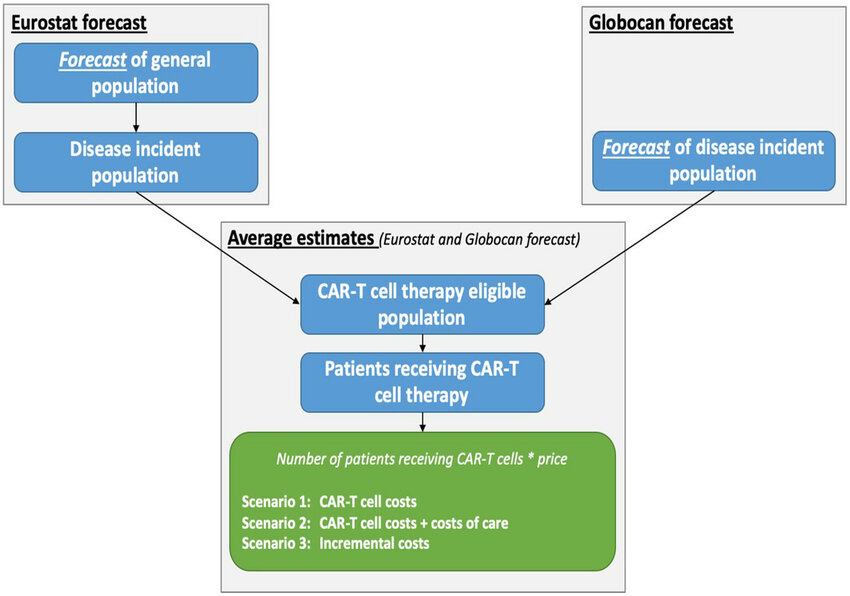Cell therapy is one of the fastest-growing sectors in biotechnology, offering transformative potential for treating cancer, autoimmune diseases, genetic disorders, and tissue damage. However, the path from discovery to regulatory approval is complex and highly regulated. Preparing for approval requires meticulous planning, scientific rigor, and a deep understanding of national and international regulatory frameworks.
This guide explores the essential steps biotech companies and researchers must take to prepare for successful regulatory approval in cell therapy.
1. Understand the Regulatory Framework
The first step in preparing for regulatory approval is to clearly understand how your product is classified. Different jurisdictions—such as the FDA in the U.S., EMA in the EU, and PMDA in Japan—use distinct classifications for cell therapies, including:
- Advanced Therapy Medicinal Products (ATMPs)
- Human Cells, Tissues, and Cellular and Tissue-Based Products (HCT/Ps)
- Biologics under 351 of the Public Health Service Act
Each classification carries different requirements for manufacturing, testing, and clinical trial design. Early engagement with regulatory authorities to clarify classification can prevent delays and missteps.
2. Plan Early for CMC (Chemistry, Manufacturing, and Controls)
Cell therapies are biologically complex and often personalized, making standardization of manufacturing a key regulatory focus. Developers must build a robust CMC strategy from the outset, which includes:
- Source material characterization
- Process development and validation
- In-process controls
- Final product release criteria
- Stability data
Regulators expect comprehensive documentation showing that each batch of therapy meets stringent identity, potency, purity, and safety standards.
3. Design a Thoughtful Preclinical Program
Regulatory agencies expect clear evidence from preclinical studies demonstrating that a therapy is likely to be safe and effective in humans. This includes:
- In vitro testing of cell behavior
- In vivo testing for biodistribution, toxicity, and tumorigenicity
- Dose-ranging studies
Due to the limitations of animal models in predicting human outcomes, companies may need to justify non-traditional study designs or develop novel testing strategies. This is especially important for gene-modified cell therapies like CAR-T.
4. Engage Early and Often With Regulators
Proactive and transparent engagement with regulators can streamline development and approval. Early meetings (such as FDA Pre-IND or EMA Scientific Advice) allow companies to align their plans with agency expectations.
Regular updates and feedback loops help identify concerns early and avoid costly rework or trial redesigns. This collaborative approach also demonstrates a commitment to patient safety and product integrity.
5. Develop a Strategic Clinical Plan
Cell therapy clinical trials often differ from traditional drug trials in size, structure, and endpoint selection. Key considerations include:
- Small, genetically defined patient populations
- Biomarker-driven endpoints
- Adaptive trial designs
- Long-term follow-up
Planning for patient recruitment, logistics (such as autologous cell collection and transport), and site readiness is essential for smooth execution.
6. Anticipate Post-Approval Commitments
Unlike many traditional therapies, cell therapies often require long-term post-market safety monitoring. This includes tracking patients for delayed adverse events, immune reactions, and durability of response—often for years after treatment.
Post-approval planning should include a robust pharmacovigilance strategy, registry design, and clear communication plans with healthcare providers and regulators.
Companies working with experienced advisors like CERES cell therapy regulatory teams can benefit from structured guidance on global regulatory expectations, strategic planning, and data presentation, increasing their chances of timely approval.
Conclusion
Preparing for regulatory approval in cell therapy is a multifaceted endeavor that demands technical excellence, strategic foresight, and regulatory fluency. From early-stage planning through long-term monitoring, each step plays a vital role in ensuring that innovative therapies reach patients safely and efficiently.

